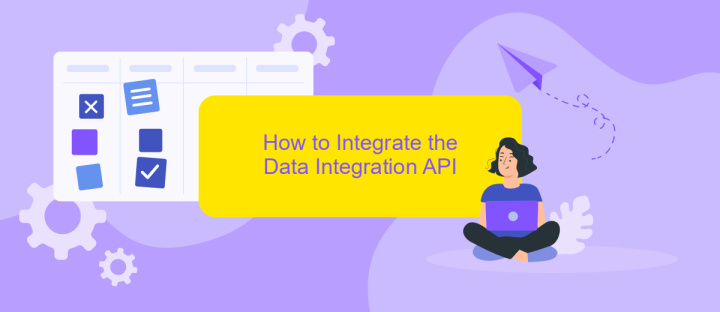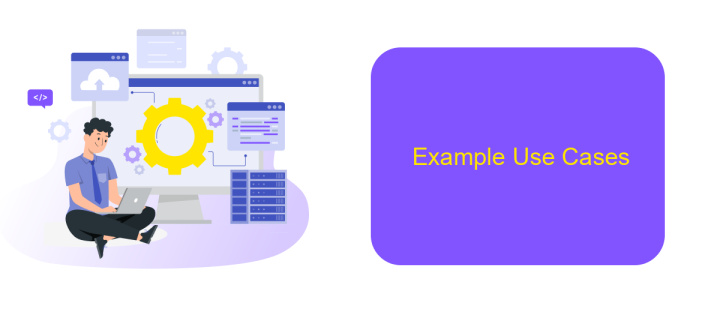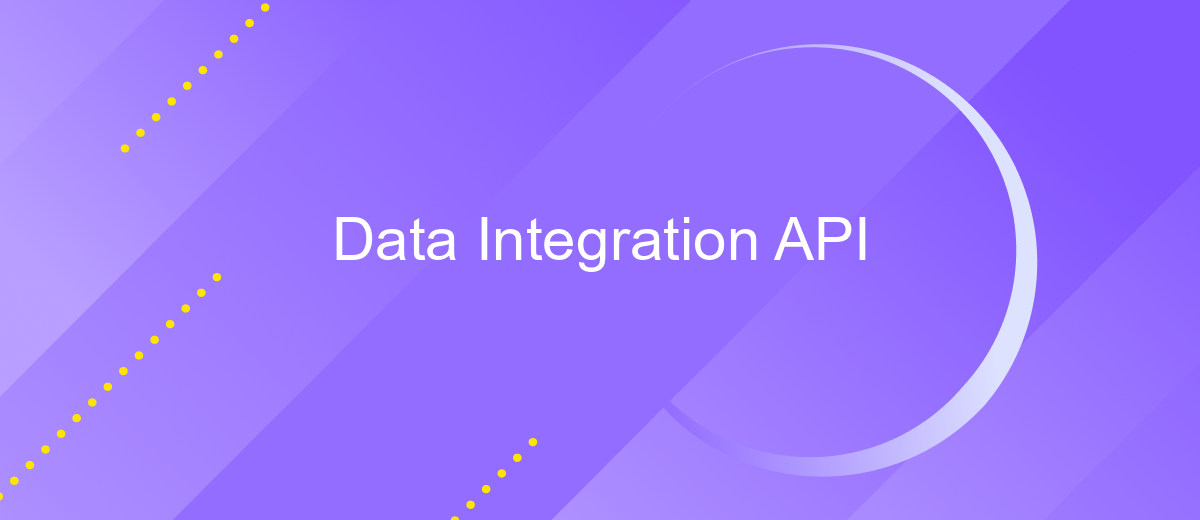Data Integration API
In today's data-driven world, the ability to seamlessly integrate diverse data sources is crucial for informed decision-making and operational efficiency. A Data Integration API serves as a powerful tool, enabling businesses to consolidate and harmonize data from multiple platforms. This article explores the key features, benefits, and implementation strategies of Data Integration APIs, highlighting their role in modern data management.
Introduction
Data integration is a critical aspect of modern business operations, enabling seamless communication and data exchange between various systems and applications. As organizations adopt more software solutions, the need for effective data integration becomes increasingly important to ensure data consistency, accuracy, and accessibility across the enterprise.
- Streamline business processes by connecting disparate systems.
- Improve data accuracy and consistency.
- Enhance decision-making with unified data insights.
- Reduce manual data entry and associated errors.
- Enable real-time data access and updates.
One effective tool for achieving seamless data integration is ApiX-Drive. This service simplifies the process of connecting various applications and automating data workflows without the need for extensive coding knowledge. By leveraging ApiX-Drive, businesses can quickly set up integrations, manage data flows, and ensure that all systems are in sync, ultimately driving efficiency and productivity.
Benefits of Using the Data Integration API

Integrating various data sources through a Data Integration API streamlines the process of data management, ensuring that all information is centralized and easily accessible. This leads to improved decision-making as businesses can analyze comprehensive datasets without the hassle of manual data consolidation. Furthermore, it minimizes the risk of data silos, enabling seamless communication between different systems and enhancing overall operational efficiency.
Using a service like ApiX-Drive simplifies the setup of these integrations, allowing even non-technical users to connect and synchronize data across multiple platforms effortlessly. With its user-friendly interface and robust features, ApiX-Drive reduces the time and cost associated with custom development and maintenance of integration solutions. This not only accelerates the deployment of new integrations but also ensures that they are scalable and adaptable to evolving business needs.
How to Integrate the Data Integration API

Integrating the Data Integration API into your system can streamline your data workflows and enhance operational efficiency. To get started, follow these steps:
- Register for an API key from the Data Integration API provider.
- Install any necessary SDKs or libraries that are required for your programming environment.
- Configure your application to use the API key and establish a connection to the Data Integration API.
- Map the data fields from your source system to the corresponding fields in the API.
- Test the integration thoroughly to ensure data is being transferred accurately and securely.
For a more user-friendly experience, consider using ApiX-Drive, a service that simplifies the integration process without requiring extensive coding knowledge. ApiX-Drive offers a wide range of pre-configured connectors and an intuitive interface to help you quickly set up and manage your data integrations.
Example Use Cases

Data Integration APIs play a crucial role in modern data management by enabling seamless data flow between disparate systems. These APIs are essential for businesses looking to streamline operations, enhance data accuracy, and improve decision-making processes.
One practical use case is integrating CRM systems with marketing automation tools. By doing so, businesses can ensure that customer data is up-to-date across platforms, enabling more personalized marketing efforts and better customer relationship management.
- Synchronizing e-commerce platforms with inventory management systems to keep stock levels accurate in real-time.
- Connecting financial software with ERP systems to automate accounting and financial reporting.
- Integrating HR management systems with payroll services to streamline employee compensation processes.
Services like ApiX-Drive make these integrations easier by providing a user-friendly interface and pre-built connectors for a variety of applications. This allows businesses to set up and manage integrations without extensive technical expertise, saving time and resources while ensuring data consistency across systems.
- Automate the work of an online store or landing
- Empower through integration
- Don't spend money on programmers and integrators
- Save time by automating routine tasks
FAQs
What is a Data Integration API? A Data Integration API allows different software applications to communicate and share data with each other. This enables seamless data flow between various systems, improving efficiency and reducing the need for manual data entry. By using a Data Integration API, businesses can automate data transfer processes, ensuring data consistency and accuracy across all platforms.
How can I set up a Data Integration API? Setting up a Data Integration API can be simplified using services like ApiX-Drive. ApiX-Drive offers a user-friendly interface to set up and manage integrations without needing extensive technical knowledge. It supports a wide range of applications and allows users to automate workflows by connecting different software systems. With ApiX-Drive, you can easily configure data transfer rules, schedule automated data syncs, and monitor integration performance in real-time.
FAQ
What is a Data Integration API?
How do I authenticate my API requests?
Can I automate data integration tasks?
What are the common challenges in data integration?
How do I handle data transformation during integration?
Time is the most valuable resource in today's business realities. By eliminating the routine from work processes, you will get more opportunities to implement the most daring plans and ideas. Choose – you can continue to waste time, money and nerves on inefficient solutions, or you can use ApiX-Drive, automating work processes and achieving results with minimal investment of money, effort and human resources.


